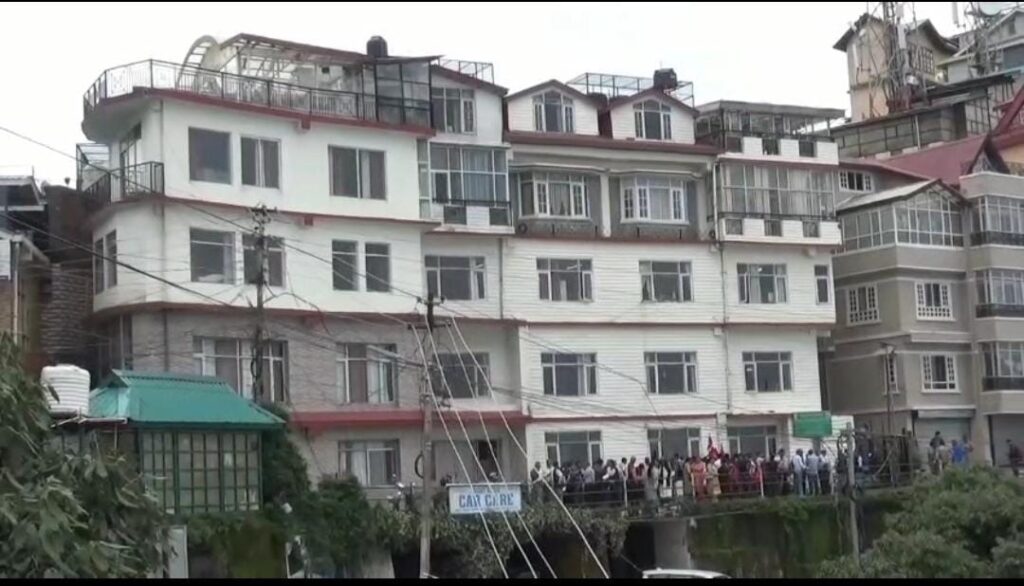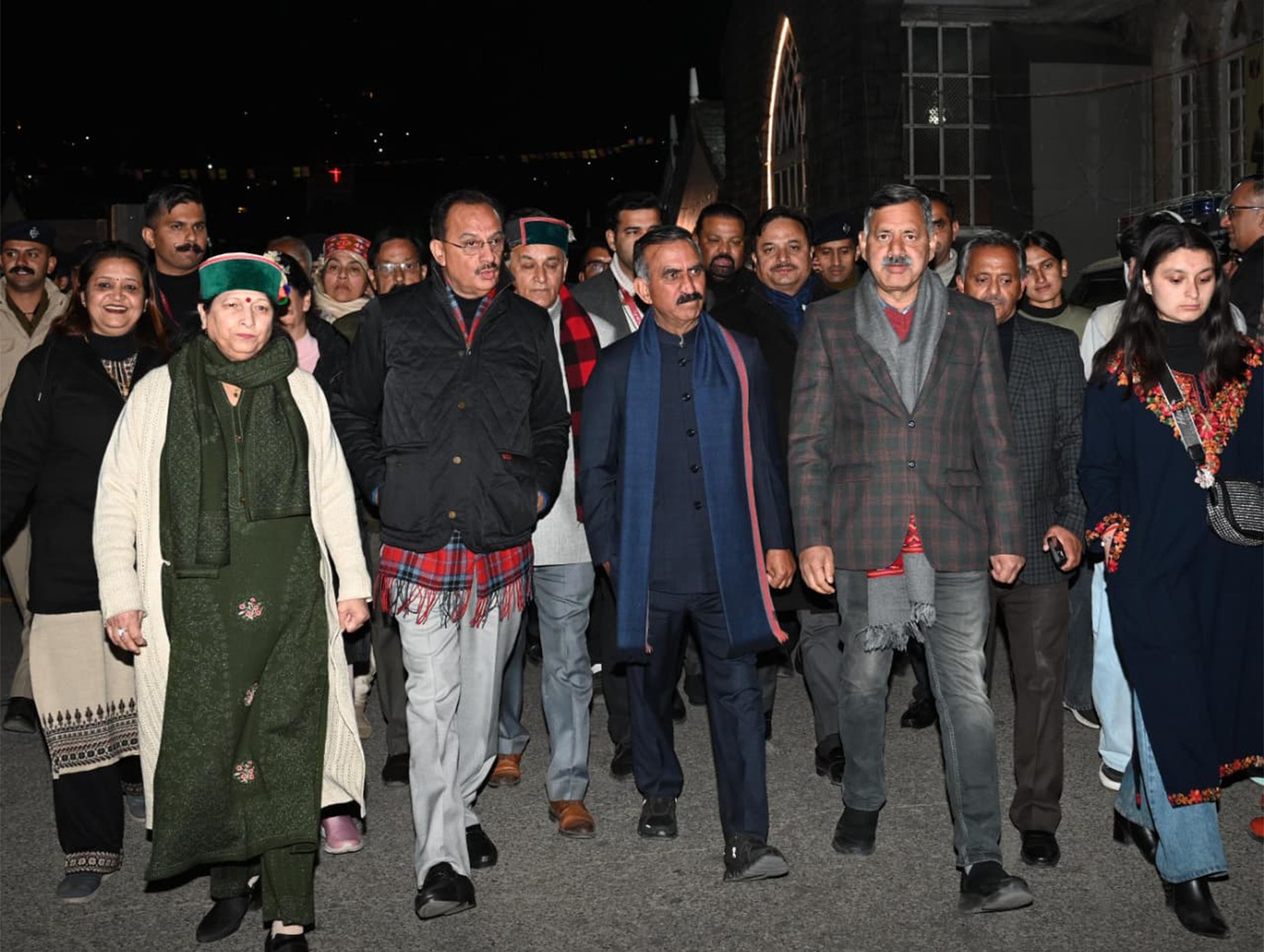Yograj Sharma
The North News
Shimla, July 16
Hundreds of residents staged a protest outside the National Highways Authority of India (NHAI) office in Chakkar on Tuesday, alleging widespread damage caused by the ongoing four-lane highway construction in Himachal Pradesh. The demonstrators, including members of the Himachal Kisan Sabha and the Centre of Indian Trade Unions (CITU), accused NHAI and construction firms Gawar Construction Ltd. and Bharat Singhla Company of gross negligence, poor planning, and failure to compensate affected families.
President of the Himachal Kisan Sabha, Kuldeep Singh Tanwar, said that the construction had severely affected thousands of people outside the project’s controlled width. “There are no arrangements for families whose homes have become unsafe. The companies must face strict scrutiny,” he said. He warned of a state-wide agitation, with meetings to be held across Himachal until 7 August, culminating in a state-level convention to highlight grievances linked to the road development.
Tanwar also criticised NHAI’s lack of a suitable model for road construction in hilly terrain, alleging that promises to provide 80 percent employment to locals remained unfulfilled. He said that “unscientific excavation, illegal mining, and unregulated dumping” had destabilised homes and worsened the situation. In Bhattakufar, one of the worst-hit areas, several residents recounted distressing experiences. One said that after their building collapsed due to excavation, the company offered only a single room as temporary shelter and no clear commitment to compensation.
Another resident said five buildings had been evacuated in the area, with families now forced to rent homes at their own expense. “We spent our life savings on building our house. Now we’re homeless, and no one is taking responsibility,” she said.
The protest concluded with a call for urgent intervention from the state government and a demand for a more sustainable and scientific approach to infrastructure projects in the ecologically sensitive Himalayan region.

















